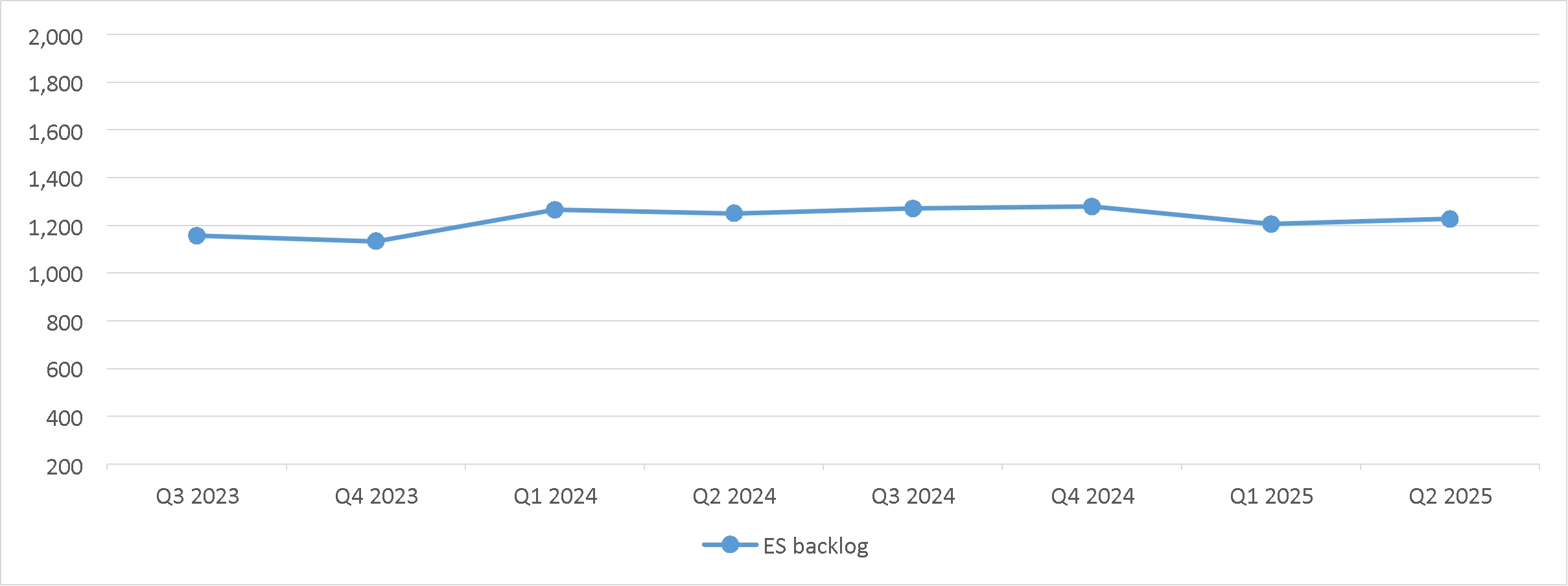
August 6, 2025
Management’s Discussion and Analysis
Management's Discussion and Analysis ("MD&A") for Enerflex Ltd. ("Enerflex" or the “Company") should be read in conjunction with the unaudited interim condensed consolidated financial statements (the "Financial Statements") for the three and six months ended June 30, 2025 and 2024, the Company’s 2024 Annual Report, the Annual Information Form (“AIF”) for the year ended December 31, 2024, and the cautionary statements regarding forward-looking information and statements in the “Forward-Looking Statements” section of this MD&A.
The MD&A focuses on information and material results from the Financial Statements and considers known risks and uncertainties relating to the energy sector. This discussion should not be considered exhaustive, as it excludes possible future changes that may occur in general economic, political, technological, and environmental conditions. Additionally, other factors and events may or may not occur, which could affect industry conditions and/or Enerflex in the future. Additional information relating to the Company can be found in the Management Information Circular dated March 21, 2025, the AIF, and the Form 40-F Annual Report, which are available on the Company’s website at www.enerflex.com and under the Company’s SEDAR+ and EDGAR profiles at www.sedarplus.ca and www.sec.gov/edgar, respectively.
The financial information reported herein has been prepared in accordance with International Financial Reporting Standards (“IFRS”) as issued by the International Accounting Standards Board (“IASB”) applicable to the preparation of interim financial statements, in particular IAS 34 “Interim Financial Reporting”, and is presented in United States dollars ("USD") unless otherwise stated.
Enerflex Strategy
Enerflex’s 45-year success is built upon our shared Vision of Transforming Energy for a Sustainable Future, propelled by a long-term strategy centered on four foundational pillars:
Through simplifying and optimizing our core business, and with our disciplined execution, and strong reputation for quality production and services, we are well-positioned over the medium and long-term to meet the increasing demand for sustainable energy infrastructure via our integrated natural gas, treated water, and energy transition solutions – and to continue generating lasting value for all stakeholders.


 M-2 Q2 2025 Report 2025
M-2 Q2 2025 Report 2025
